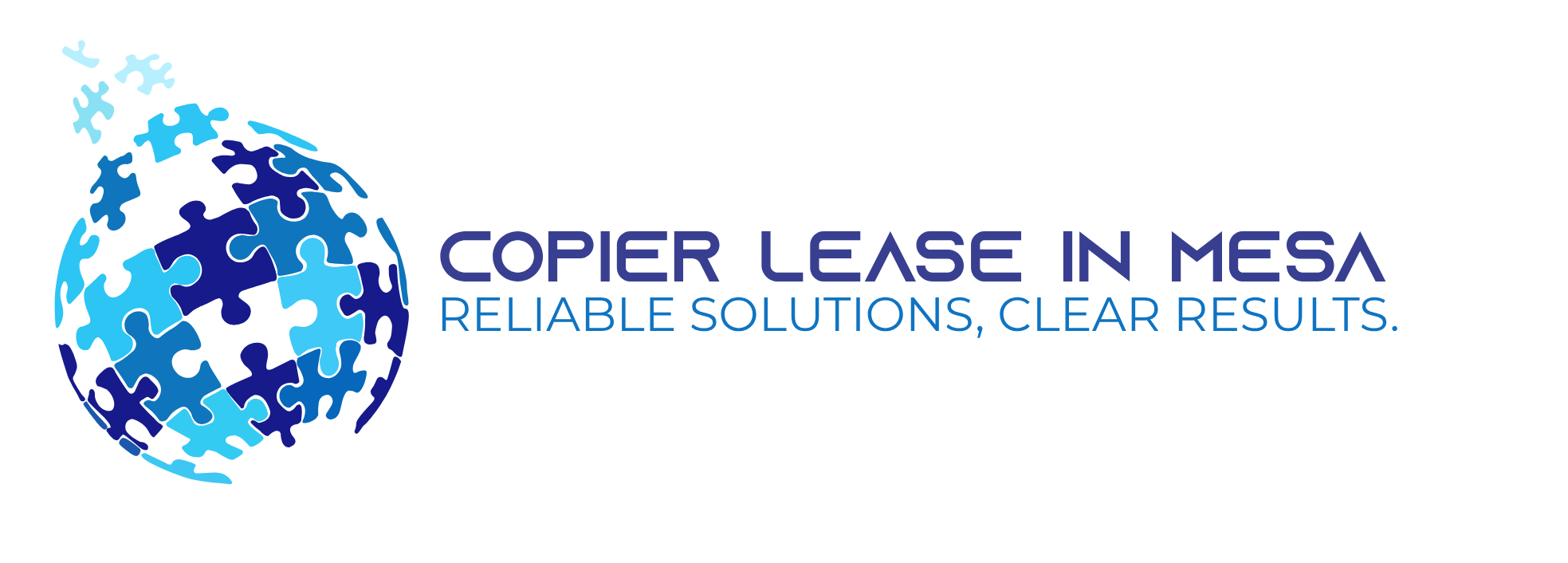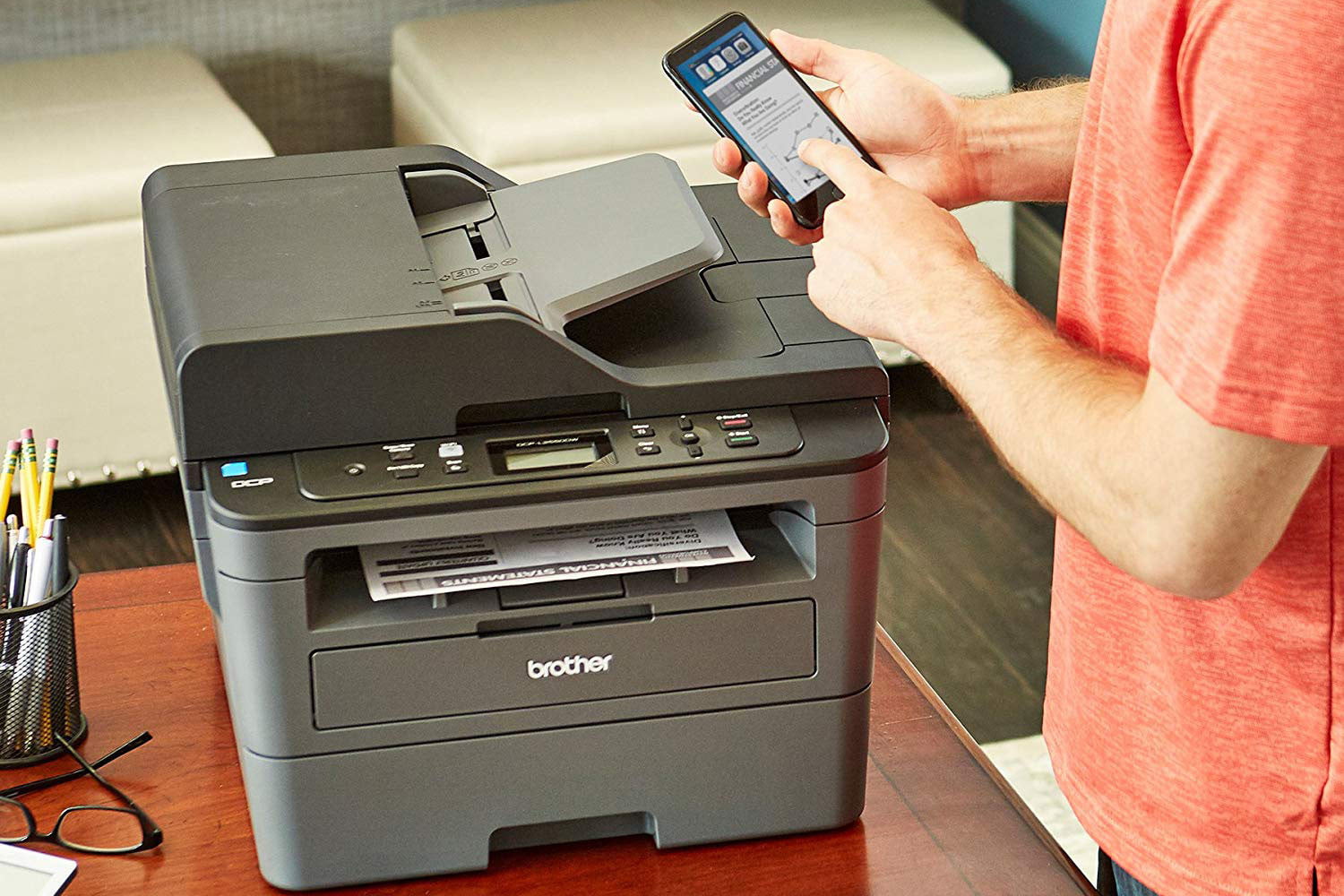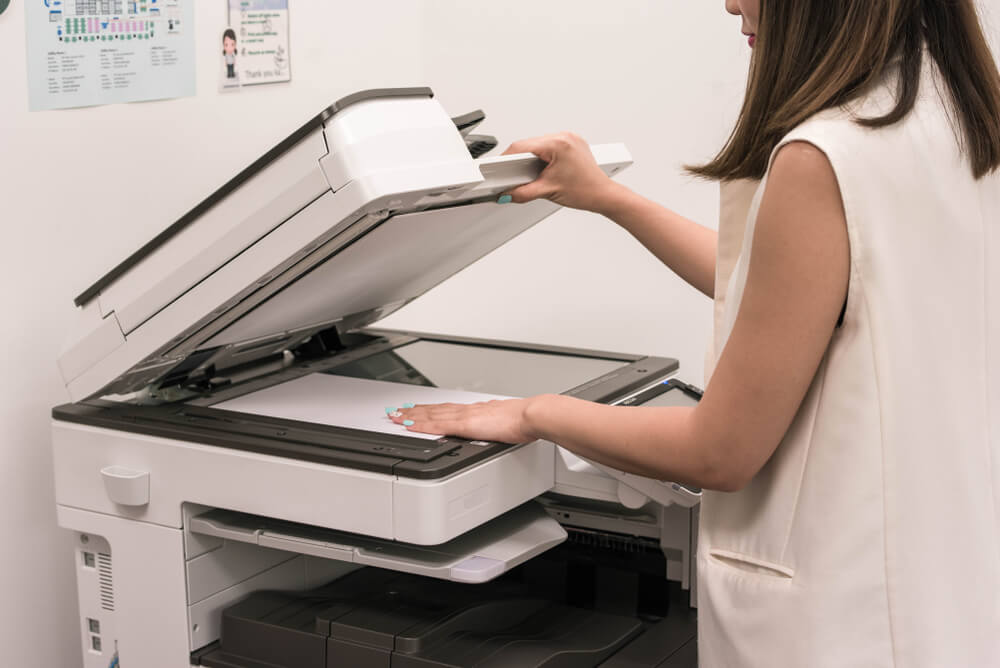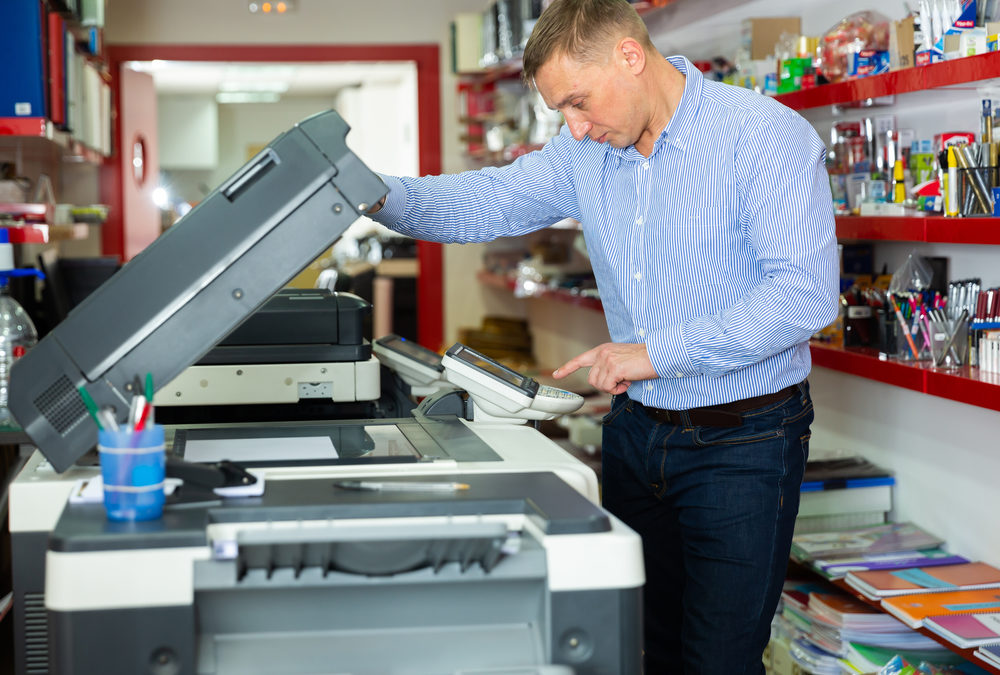If you are looking for the best printer for your business, you’ve probably wondered what the differences are between copiers and inkjets. Although both of them have their place in homes and offices, there is a good chance that one will be better for you than the other. The basic distinctions here are down to how each of them actually prints. This, in turn, has an impact on what a printer will do well, how expensive it is to print documents and photos, and how much you will have to pay upfront.
Inkjet vs. Copier: Printing
While the most basic definition of printing is the same on both inkjet and copier like putting letters and images onto paper, the two methods achieve this result in different ways.
Inkjets rely on liquid ink, deposited onto the page through a print head that uses numerous micro-nozzles. It prints by putting small drops of ink onto the paper. Depending on whether that ink is dye or pigment-based, the ink may change the color of the paper, or it may simply dry as a deposit on the surface.
Copiers, on the other hand, rely on toner, which is a powder. It is used to generate an electrostatic charge, which is used to transfer the toner to the paper, which is then bonded to the surface of the page using heat.
These approaches will affect everything from how big a printer is to how expensive a single page is. Both of them can be found in a single-function, or all-in-one printer, alongside copying, scanning, and fax capability.
In this case, Copiers trump inkjets because the liquid ink used in inkjets dry up if they are not used frequently. This may result in an expensive maintenance cost. Copiers are always ready; their powder-based printing eliminates drying concerns.
Inkjet vs. Laser: Print quality
The specific qualities of liquid ink and toner powder affects the type of print that they produce.
Inkjets, with the pigment-based and dye inks, do well at handling color, especially for images and photos, which are more likely to involve subtle shades of color. The nature of liquid ink means that those mixtures are easier to make on an inkjet than on a copier.
Copiers are not always made to handle photo printing; they rely instead on halftone dots to make certain colors on documents. Even those copiers that can handle higher-quality color for photo printing needs specialized laser-printer-ready photo paper to do it. Copiers excel at text printing, producing crisp, clear letterforms unmatched by inkjets.
IInkjet prints can bleed slightly, resulting in less sharp letters upon close inspection, though still legible. Inkjet ink smears easily. Prints continue drying, so smudging is a common problem for inkjet users.
Since copiers use the heat-transfer method, the print is smudge-proof and sets the moment that it comes out of the printer.
Basically, copiers are better than inkjets in every sense. It is more convenient, and it has a lower maintenance cost. Not to mention, it can print and copy in bulk, something that inkjets can’t do.
Copiers are more expensive than inkjets, but they are more durable and they last longer. Don’t want to buy a copier? Lease one! Local companies offer various brands to suit your needs. For example, if you are looking for a copier in Mesa, you can contact Mesa (602) 428-6500. They can assist you in Copier lease in Mesa, copier rental in Mesa, and copier repair in Mesa.




